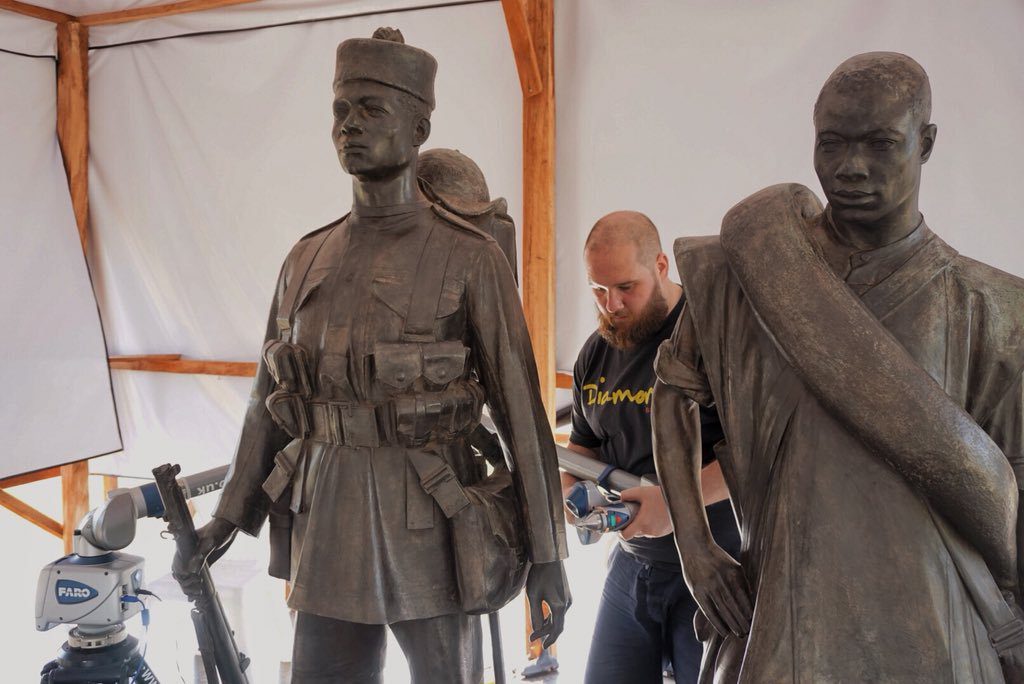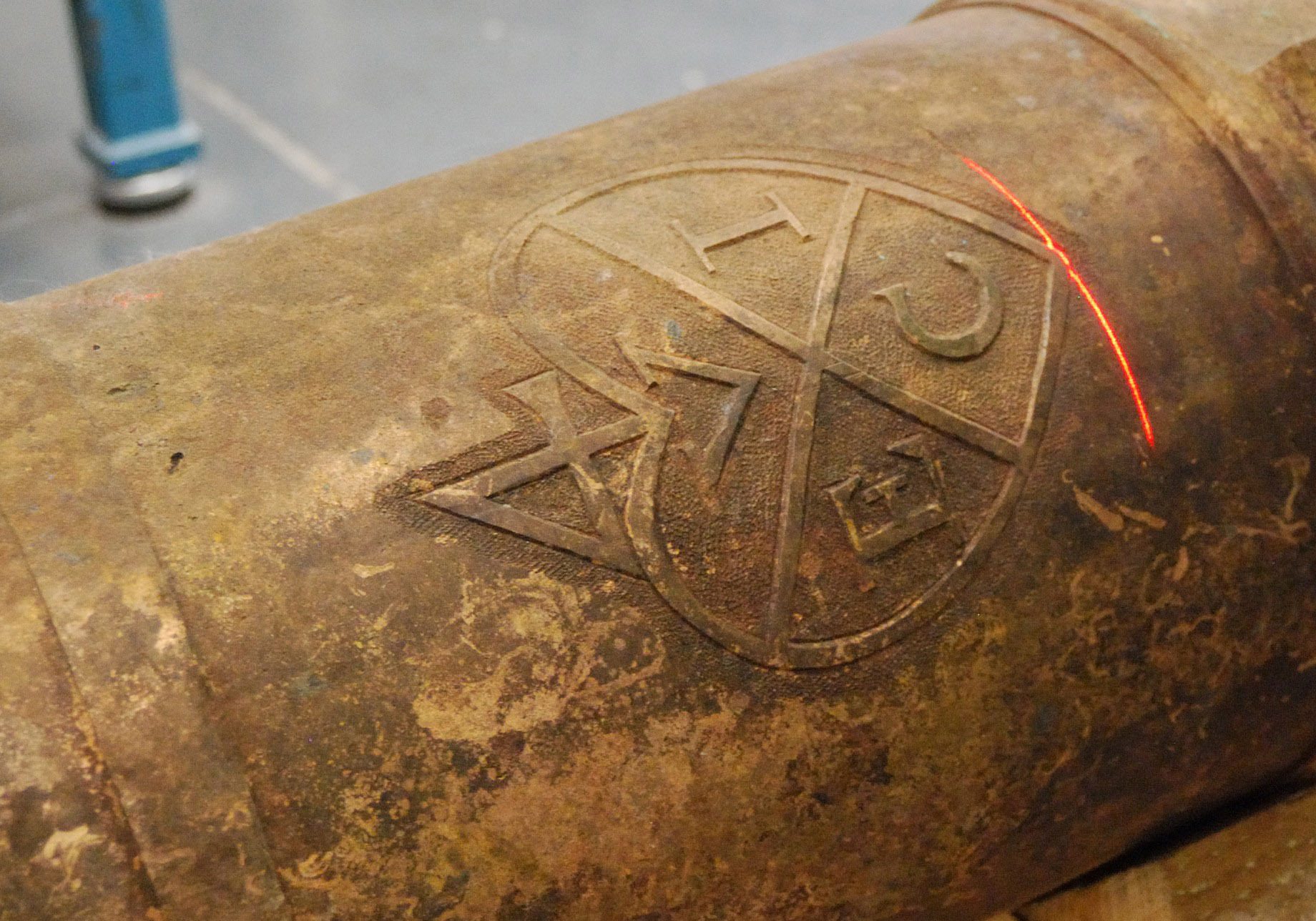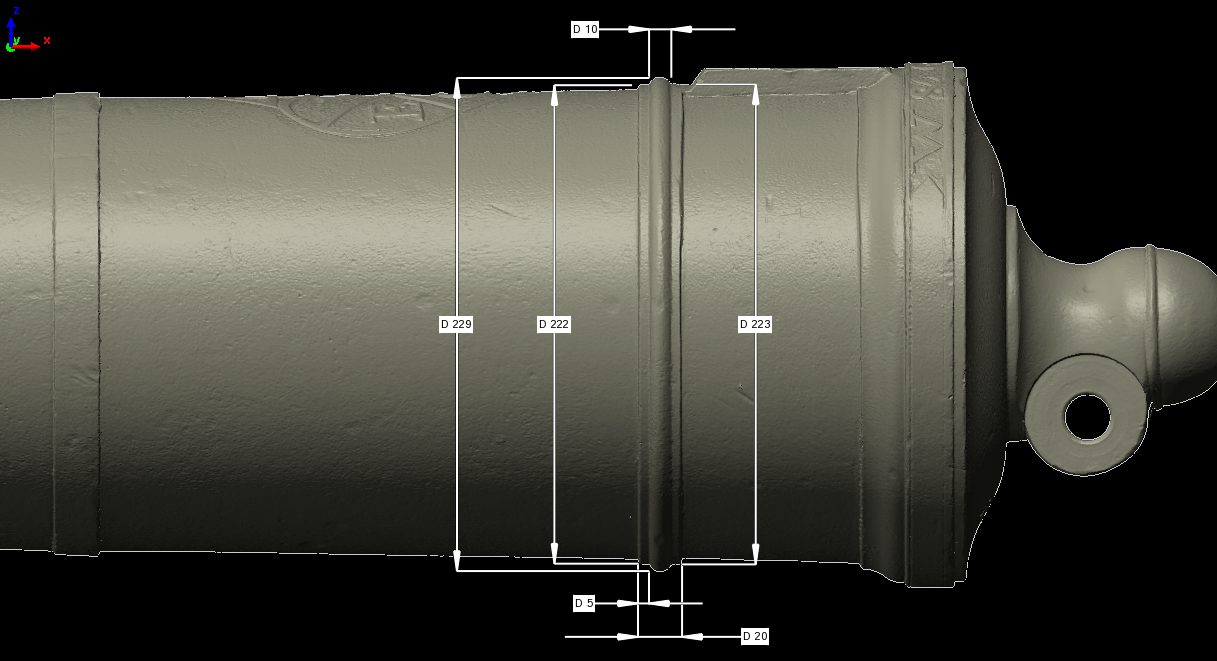
Archaeology allows us to explore and understand the rich tapestry of human history. As technology continues to advance, archaeologists are turning to innovative methods to uncover and preserve ancient artifacts and archaeological sites. One such breakthrough is 3D scanning, a tool that has changed the way we approach archaeological research. In this blog, we will explore the role of 3D scanning in archaeology and the impact it has had on the field.
Preserving Fragile Artefacts and Sites
One of the most significant advantages of 3D scanning in archaeology is its ability to preserve fragile artifacts and sites. Traditional excavation and handling can often cause irreparable damage to delicate objects. The new technology allows archaeologists to record precise details without physically touching the artefacts, minimising the risk of harm. These digital replicas can be archived and accessed indefinitely, ensuring that the historical significance is not lost to the ravages of time.
Improved Visualisation and Analysis
3D scanning provides archaeologists with a newfound ability to visualise and analyse artifacts and sites in unprecedented detail. These digital models allow for virtual examination from various angles and perspectives, providing insights that may not be apparent from physical observations alone. Archaeologists can zoom in, rotate, and measure artifacts accurately, enabling a deeper understanding of their composition and construction techniques.
Moreover, 3D scanning can recreate the original context of artifacts within an archaeological site. By capturing the precise spatial relationships between objects, researchers can reconstruct how ancient civilisations lived, worked, and interacted with their surroundings.
Collaborative Research and Accessibility
The digital nature of 3D scanning facilitates collaboration among archaeologists and researchers worldwide. Instead of physically transporting artifacts or sharing field notes, scholars can now share 3D models of their discoveries, fostering a more inclusive and interconnected research environment.
Additionally, it promotes public accessibility to archaeological findings. Museums and educational institutions can use 3D replicas to create interactive exhibits and virtual tours, offering the public a chance to explore historical treasures that may be geographically distant or too fragile for public display.
Advancing Reconstruction and Conservation Efforts
For archaeologists working with damaged artifacts or partially destroyed structures, 3D scanning is invaluable. By capturing existing fragments and missing pieces, researchers can digitally reconstruct artifacts or buildings, giving us a glimpse into their original form. This technology plays a crucial role in restoring and conserving cultural heritage, preserving it for future generations to appreciate and learn from.
Challenging Ethical Considerations
As with any powerful technology, 3D scanning also presents ethical challenges in archaeology. Questions arise concerning the appropriate use of 3D scans, especially when it comes to repatriating cultural artifacts to their countries of origin. Archaeologists must navigate the delicate balance between scientific progress and respecting the cultural heritage and sovereignty of indigenous communities.
Our 3D Scanning archaeology projects
Inspection of an 1807 Cannon from Wreck:

3D Scanners were asked to scan and produce a report on one of the eight identical bronze cannons. Archaeologists still often use hand drawings to record artefacts, but this client wanted to explore the advantages of modern scanning techniques and demonstrate the advantages of this method using inspection software to create a visual report.

It took half a day to scan the cannon using a 3d laser arm scanner. Particular attention was paid to the encryptions, so that 3D Scanners achieved the best detail possible for the archaeologist report. The cannon also had to be lifted with a crane to allow us to achieve a full 360 degree scan. Due to the straps required to suspend the cannon on the crane, a few separate scans were needed to ensure full coverage. These would be best-fit aligned to approximately 50 microns during processing.

Once the cannon had been scanned, the data was processed in the 3D Scanners offices using PolyWorks software.
The customer was then given a pdf report as well as the workspace, and PolyWorks Viewer, which he could load on to his pc. This would allow him to view and rotate the cannon as a polygon mesh, create cross sections, and also create point to point measurements as well as viewing the dimensions within the workspace that 3D Scanners had already completed for the report.
Long Range Scanning of St Michael's Cathedral Ruins:

Coventry St Michael's Cathedral was built in the late 14th century and was one of the most beautiful and largest parish churches of its time in England, until it was destroyed during the Second World War. 3D Scanners UK asked to produce a 360 degree record of the ruins.
Laser scanners are non-contact measurement devices that capture millions of discrete points of real world objects or complex environments in only a few minutes. The resulting images are an assembly of millions of 3D measurement points, known as point clouds, which can be aligned to create a polygon mesh.

A Focus long range scanner was used to capture St Michaels Cathedral as this type of scanner provides a range from approximately 0.6m up to 130m and has a freedom of view of 360 degrees, producing an efficient means of capturing data in such a complex environment.
Conclusion
The integration of 3D scanning in archaeology has been nothing short of revolutionary. This technology offers huge advantages, from preserving fragile artefacts and sites to enabling in-depth analysis and collaboration within the archaeological community. It has breathed new life into the study of ancient civilisations, propelling us closer to understanding our collective human history. However, with this great power comes the responsibility to approach 3D scanning with ethical considerations, ensuring that we treat cultural heritage with the respect it deserves. As we continue to unearth the mysteries of the past, 3D scanning will undoubtedly remain an invaluable tool for archaeologists, guiding us in our quest to piece together the puzzle of humanity's incredible journey through time.